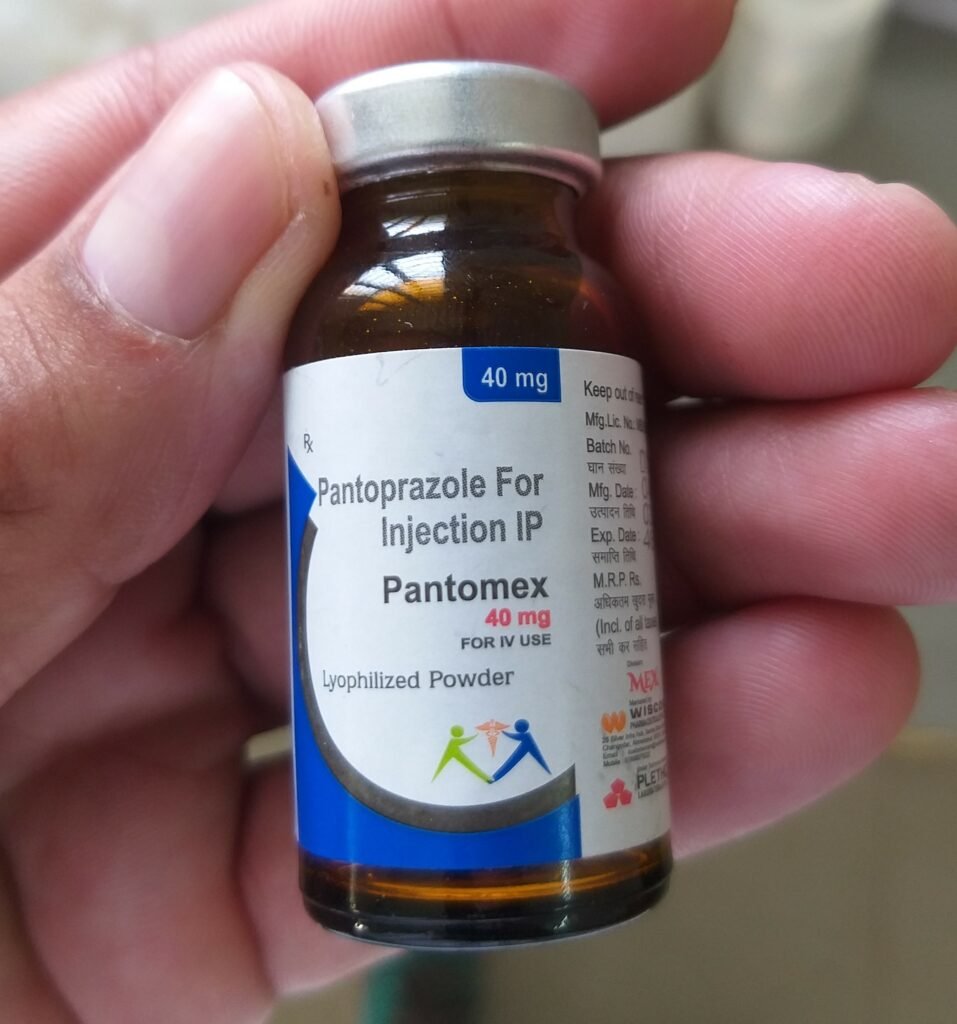TABLE OF CONTENTS
Lignocaine or Lidocaine
Lignocaine or Lidocaine hydrochloride is a commonly used local anaesthetic in animals and humans.
Group
Lignocaine is grouped into local anaesthetic agents.
Mechanism of Action
Lignocaine inhibits nerve conduction by blocking sodium channels when administered locally.
After systemic administration, lignocaine is metabolised to monoethylglycinexylidide (MEGX), which has antiarrhythmic properties. Lignocaine also has analgesic properties after systemic administration.
Dose Rates
Lignocaine dose rates in dogs:
- Local anaesthesia: 0.5-2 mL of 2% lignocaine injection around the site where required or application of lignocaine gel/spray.
- Ventricular tachycardia: Start with 0.25–0.5 mg/kg IV injection over 5–10 minutes, up to 1.3–1.5 mg/kg for refractory cases.
- Postoperative ileus: 1.3-mg/kg IV administered over 15 min followed by 0.05 mg/kg/min (50 mcg/kg/min) CRI.
- Analgesia: 2 mg/kg IV followed by 50 mcg/kg/min CRI.
Lignocaine dose rates in cats:
- Antiarrhythmic IV dose: Start with 0.1–0.4 mg/kg initially and then increase to 0.25–0.75 mg/kg IV slowly if there has been no response.
- Antiarrhythmic CRI dose: Loading dose of 0.5–1 mg/kg IV followed by 10–20 mcg/kg/min (0.6–1.2 mg/kg/h) IV CRI.
- Local anaesthesia: 0.5-2 mL of 2% lignocaine injection around the site where required or application of lignocaine gel/spray.
- Epidural: 1-2 mL 2% lignocaine in lumbosacral intervertebral space.
Lignocaine dose rates in horses:
- Ventricular tachycardia: Start with 0.25–0.5 mg/kg IV injection over 5–10 minutes, up to 1.3–1.5 mg/kg for refractory cases. Follow with 0.03–0.05 mg/kg/min (30–50 mcg/kg/min) CRI.
- Postoperative ileus: 1.3-mg/kg IV bolus administered over 15 min followed by 0.05 mg/kg/min (50 mcg/kg/min) CRI.
- Analgesia: 2 mg/kg IV followed by 50 mcg/kg/min CRI.
- Local anaesthesia: 1-2 mL of 2% lignocaine injection around the site where required or application of lignocaine gel/spray.
- Epidural: 1-2 mL 2% lignocaine in lumbosacral or sacro-coccygeal intervertebral space.
Lignocaine dose rates in cattle:
- Local anaesthesia: 1-2 mL of 2% lignocaine injection around the site where required or application of lignocaine gel/spray.
- Epidural: 2-5 mL 2% lignocaine in Sacrococcygeal intervertebral space or first intercoccygeal intervertebral space.
Lignocaine dose rates in sheep & goats:
- Local anaesthesia: 1-2 mL of 2% lignocaine injection around the site where required or application of lignocaine gel/spray.
- Epidural: 1-2 mL 2% lignocaine in lumbosacral intervertebral space.
Lignocaine dose rates in pigs:
- Local anaesthesia: 1-2 mL of 2% lignocaine injection around the site where required or application of lignocaine gel/spray.
- Epidural: 1-2 mL 2% lignocaine in lumbosacral intervertebral space.
Indications
Lignocaine is used in the following conditions:
- As a local anaesthetic agent for local anaesthesia
- Treatment of ventricular arrhythmias
- Lignocaine is also used for pain management in animals (Lignocaine has been combined with other analgesics, which may be synergistic and allow lower doses of each individual component)
- Lignocaine is used to treat intestinal ileus in horses
Note
Local infiltration (local or topical application) of lignocaine is used for local anaesthesia, but a systemic route is administered for rest indications.
Contraindications
- Lignocaine is contraindicated in patients with a known history of hypersensitivity to amide type local anaesthetics.
Interactions
- No interactions were reported
Adverse effects
- High doses of lignocaine cause CNS effects (tremors, twitches, and seizures) and vomiting
- Muscle fasciculations, rapid eye blinking, anxiety, ataxia, weakness, and seizures in horses
- Lidocaine can produce cardiac arrhythmia
Toxicity
High doses of lignocaine cause CNS effects (tremors, twitches, and seizures) and vomiting.
Intravenous lipid emulsion (ILE) is the antidote for local anaesthetic toxicity. Symptomatic treatment is also followed in such cases.
Preparations
Lignocaine comes in 1%, 2%, 4% and 10% injection, gel, and spray preparations. Among these, 2% preparation is widely used.
lignocaine injections:
- Xylocaine 2% injection 30 mL vial
- Lox 2% injection 30 mL vial
- Lignowell 1% injection
- Lidowell 2% injections
lignocaine gel preparations:
- Lox 2% gel 10 gm
- Lignoheal 2% gel
- Lignocad gel
lignocaine spray preparations:
- Lox 10% lignocaine Spray
More about Lignocaine or Lidocaine for animals
Some lignocaine preparations come with epinephrine (adrenaline) for long-term action. These are especially for local administration; they should not be used for systemic administration (IV route).
Information provided here may be subject to inaccuracies. Please consult a reputable textbook for verification before use. We welcome your feedback and suggestions for improvement via email at hello@vetscraft.com

